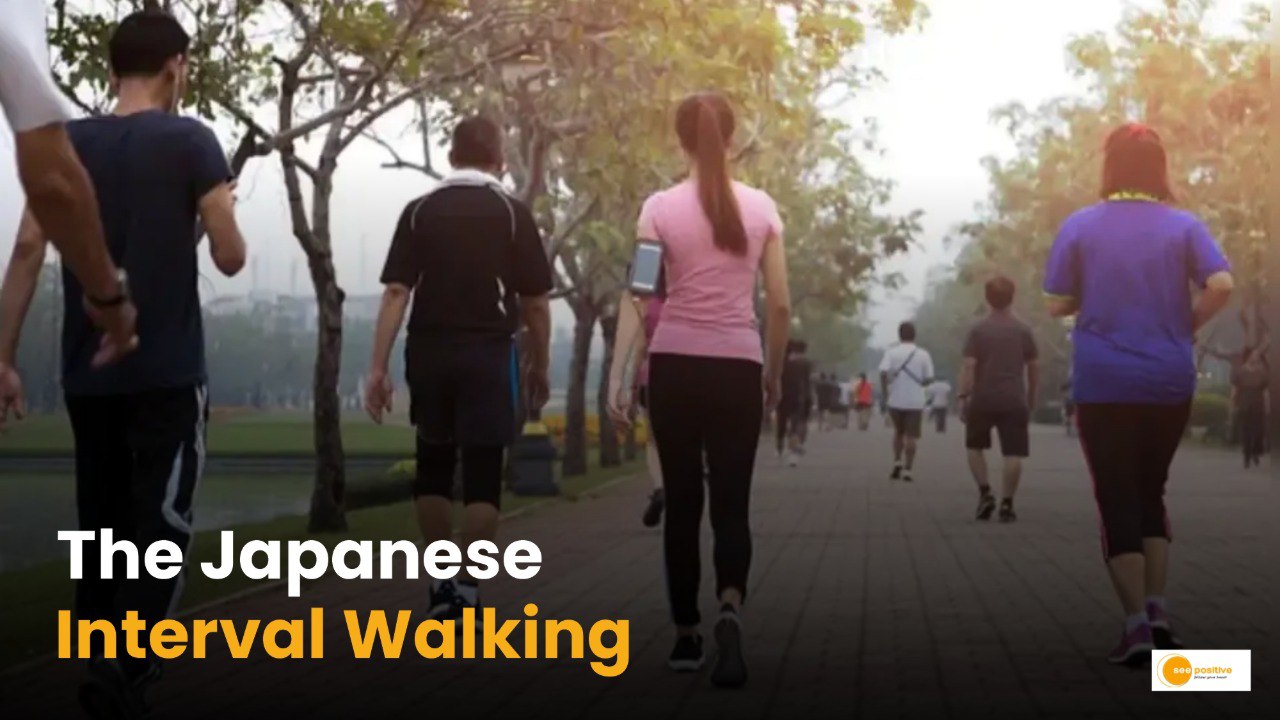Japanese Interval Walking: Sticking to a workout routine isn’t always easy — especially when your schedule is packed, motivation is low, or high-impact exercises just aren’t for you. While walking 10,000 steps a day has long been considered the gold standard for staying active, a new Japanese fitness trend claims to deliver better health benefits in just 30 minutes a day. Enter: Japanese Interval Walking, a simple yet powerful approach to getting fitter — one walk at a time.
What is Japanese Interval Walking?
Also known as Interval Walking Training (IWT), Japanese interval walking involves alternating between periods of brisk walking and slow-paced recovery walking, typically for a duration of 30 minutes.
How it works:
- 3 minutes of fast walking – at a pace where you can’t hold a conversation comfortably.
- 3 minutes of slow walking – at a gentle pace, allowing your heart rate to come down.
- Repeat this cycle for 30 minutes, usually five sets in total.
This method was developed and popularised in Japan as a low-impact yet effective alternative to traditional workouts. It has now gained traction globally for its practicality and science-backed benefits.
What Does Science Say?
A study published in The Journal of Sports Medicine and Physical Fitness found impressive results from interval walking, especially in individuals with type 2 diabetes:
- Improved fitness by 16%
- Reduced visceral and total body fat
- Lowered average and peak blood sugar levels
In comparison:
- Steady walkers maintained blood sugar but saw no major fitness improvements
- A no-exercise group experienced worsened blood sugar control
Clearly, short bursts of intensity — even with walking — can result in significant health gains.
Who can Benefit?
One of the standout features of Japanese interval walking is its accessibility. Unlike running or gym-based workouts, IWT doesn’t require special equipment or a high level of fitness. It is particularly suited for:
- Middle-aged and older adults
- People with joint problems or prior injuries
- Beginners or those who are returning to exercise after a long break
- Individuals who need low-impact exercise for medical or mobility reasons


